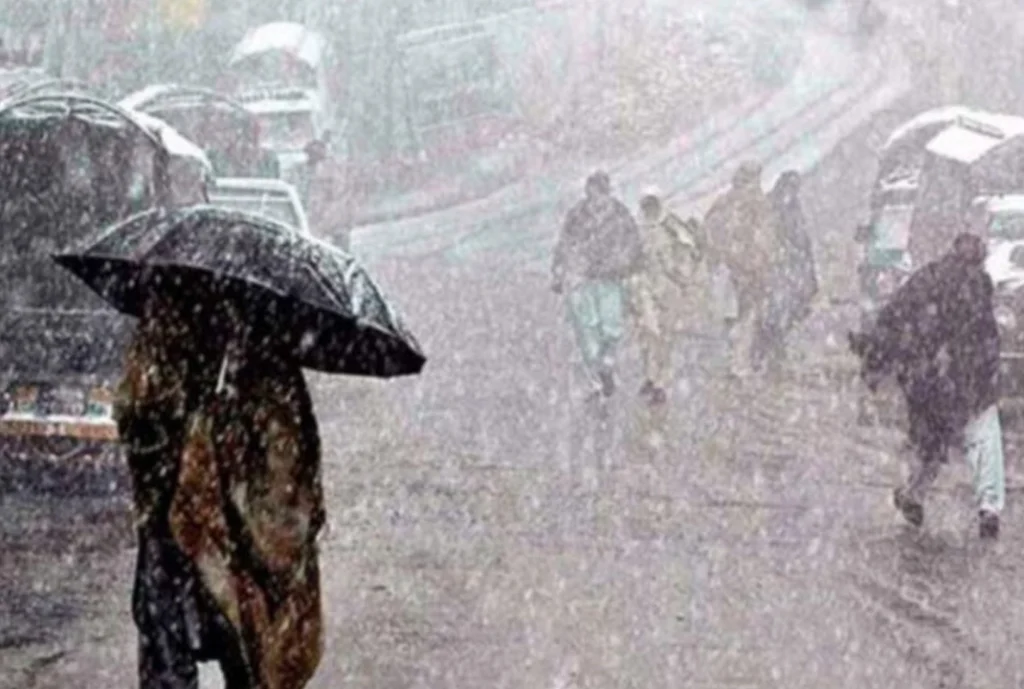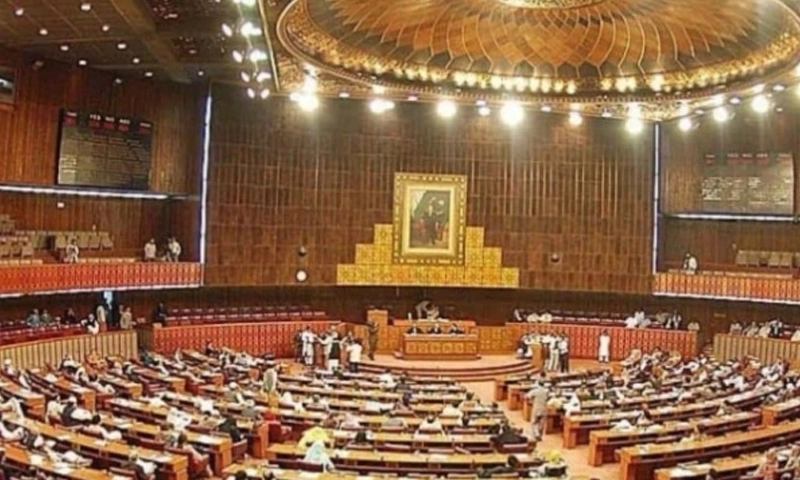- Tanveer Abbas Web Desk
- 8 Hours ago

Researchers blame human activity for Pakistan’s heavier rainfall
-

- Web Desk
- 5 Hours ago

ISLAMABAD: Pakistan experienced 15 per cent more rainfall than the average during this year’s monsoon season, a shift scientists say is largely influenced by human-induced climate change.
According to an article published by Dawn News, the findings come from a report issued by the World Weather Attribution group. It includes 18 researchers from the UK’s Imperial College London, as well as institutions in Pakistan, France, and the Netherlands. The study links the increased intensity of rainfall to climate change caused by fossil fuel use and other human activities.
Also read: PBS releases agricultural census after 14 years
Pakistan’s monsoon, which typically runs from late June to September, accounts for 70 to 80 per cent of the country’s annual rainfall. While these rains are vital for water supplies, researchers say recent patterns have led to frequent and damaging floods.
The report found that this year’s monsoon was not unprecedented in terms of historical data. However, climate change made the rainfall 15 per cent more intense than it would have been in a world without global warming.
Current climate conditions – 1.3°C warmer than pre-industrial levels – are now likely to produce similar 30-day rainfall periods approximately once every five years.
Dr Mariam Zachariah from Imperial College London said the data shows a trend of increasing risk, where even moderate rainfall events can lead to high casualties. Since June 26, nearly 300 people died across the country, including 242 in northern regions. Floodwaters also damaged infrastructure, homes, and farmland, prompting emergency declarations in several districts.
The researchers stressed that the rainfall itself was not extreme compared to previous years but was made more dangerous by climate-related factors. They warned that without changes in energy production, the intensity of such monsoon events will likely continue to increase.
Pakistan contributes just 0.5 per cent of historical global carbon emissions but ranks among the least prepared countries for climate impacts, standing 152nd in terms of readiness, according to global indices.
The report also called for urgent investment in flood protection and climate adaptation. It estimates Pakistan will need $40 to $50 billion annually to address climate-related challenges, including heatwaves, drought, and flooding.
A United Nations assessment has previously estimated climate-related damages could cost Pakistan around $1.2 trillion by 2050 without major adaptation measures. At the same time, despite efforts of COP conferences, the current global adaptation finance stands at about $28 billion – far below the estimated need of $215 to $387 billion.
Also read: Climate change batters agriculture. Hungary is an example
Pakistan’s exposure to both extreme heat and heavy rainfall, such as the recent 48.5°C temperature recorded in the north, pose risks that are already emerging at just 1.3°C of global warming.





